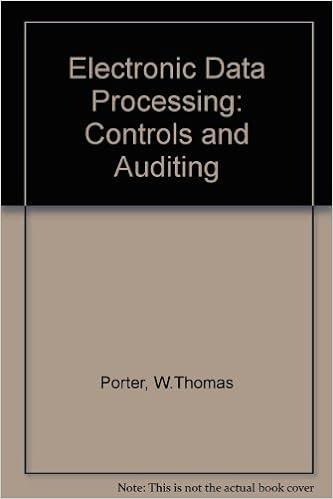Question
A and B, both dealers in real estate, find a parcel of land to purchase for $100,000 as an investment. They believe it can be
A and B, both dealers in real estate, find a parcel of land to purchase for $100,000 as an investment. They believe it can be sold in 2 years for $200,000. They either will buy the land as tenants-in-common for $100,000 and jointly contribute it to a partnership or contribute $50,000 each to an equal partnership, which then will buy the land.
(a) How should they structure the transaction?
(b) Assume the AB partnership purchased the land for $100,000 in Year One and it appreciated in value to $200,000 by the beginning of Year Three. At that point, C joins the partnership as an equal partner by contributing $100,000 cash to be used by the partnership to improve the land and sell it. The partners believe they can sell the land for $450,000. What result for tax and book purposes if the partnership sells the improved parcel of land for $450,000 and allocates the gain to reflect the appreciation at the time of Cs entry into the partnership?
(c) What results to the partners under the facts of (b), above, if they elect to use a reverse Internal Revenue Code Section 704(c) allocation under Regulation Section 1.704-1(b)(2)(iv)(f)(5) and they apply the traditional method of allocation.
(d) What result on a sale of land for $450,000 if the capital accounts of the partners are not adjusted when C joins the partnership and the agreement does not include any special allocation to reflect the built-in-gain at the time C became a partner?
Step by Step Solution
There are 3 Steps involved in it
Step: 1

Get Instant Access to Expert-Tailored Solutions
See step-by-step solutions with expert insights and AI powered tools for academic success
Step: 2

Step: 3

Ace Your Homework with AI
Get the answers you need in no time with our AI-driven, step-by-step assistance
Get Started


